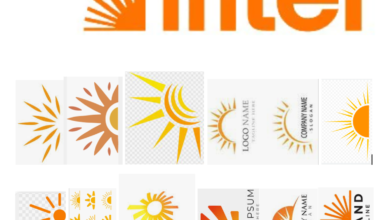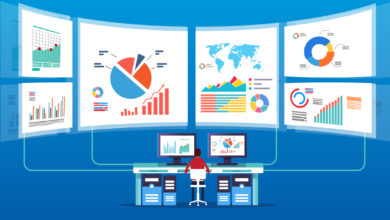[ad_1]
“Make it more fun!” “It just feels like something’s missing.” “My daughter’s best friend’s sister doesn’t like that shade of blue.” Are you currently experiencing a slight twitch in your left eye?
Most creatives encounter (and dread) this type of feedback during their careers. It’s vague, it’s distracting, and it’s not constructive. No matter how many of these articles you read, there will always be that one person in your office who’s full of this kind of advice. In this article, we’ll call him Chad from sales. Chad has a “passion” for design. And Chad will always be happy to share his feelings about the margins in your latest email campaign.
Unfortunately, I can’t tell you to un-invite Chad from all future meetings. I can tell you that a strong Visual Identity will help Chad frame up more constructive feedback. A Visual ID will also lead to better communication between you and Chad. And it will provide you with the guidelines you need to create stronger work.
The results are calmer creatives (which everyone benefits from) and a firm foundation for your brand’s visual future. Below, you’ll find the top three reasons why a Visual Identity is the best form of anger management. But first, let’s define what exactly a Visual ID should do.
What is a Visual Identity?
Great question! Broadly, a Visual ID is made up of the logos, slogans, fonts, and color palettes employed to bring a brand to life. But it should be and do so much more. A great Visual ID will break down how and where each of your assets should and should not be used.
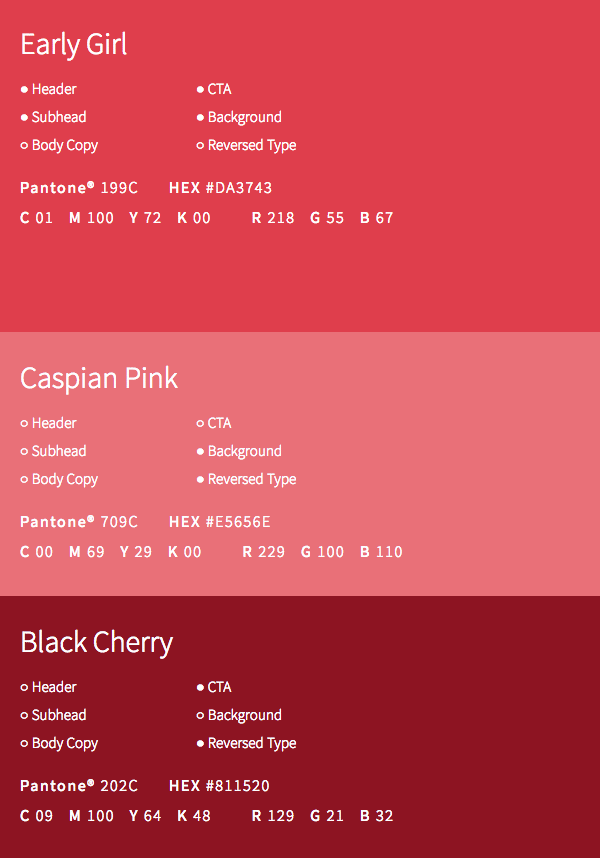
Your brand’s visual identity should also serve as a style and voice guide. This will take it beyond asset implementation. Make sure your Visual ID breaks down your brand’s tone-of-voice, so that marketing copy aligns with design. And always include guidelines for photography lighting, styling, and composition.
Do you rely on user-generated images for some of your content? If so, it’s also a good idea to nail down what kind of images you will and will not accept from your audience. And make sure to define how all these guidelines differ for video creation.
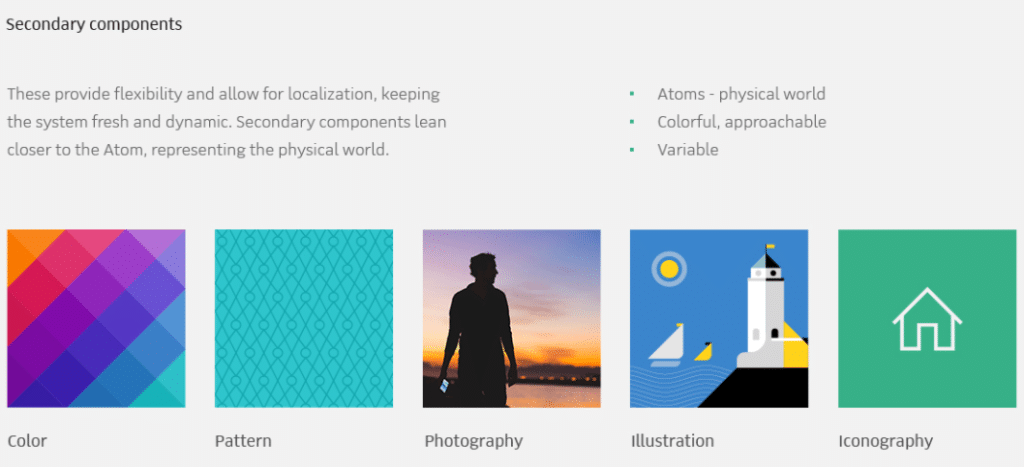
Finally, outline the use guidelines for graphics. Share your texture and linework libraries, and include examples of how each should be used (i.e., don’t set silhouetted images on our wood texture).
Once you’ve defined these guidelines for your brand, it’s time to document and share. Digital Asset Management (DAM) is an easy way to share your Visual Identity and creative assets. DAMs also make it simple to share assets with external partners. The best part? You’ll always be confident that you’re providing them with the most up-to-date assets.
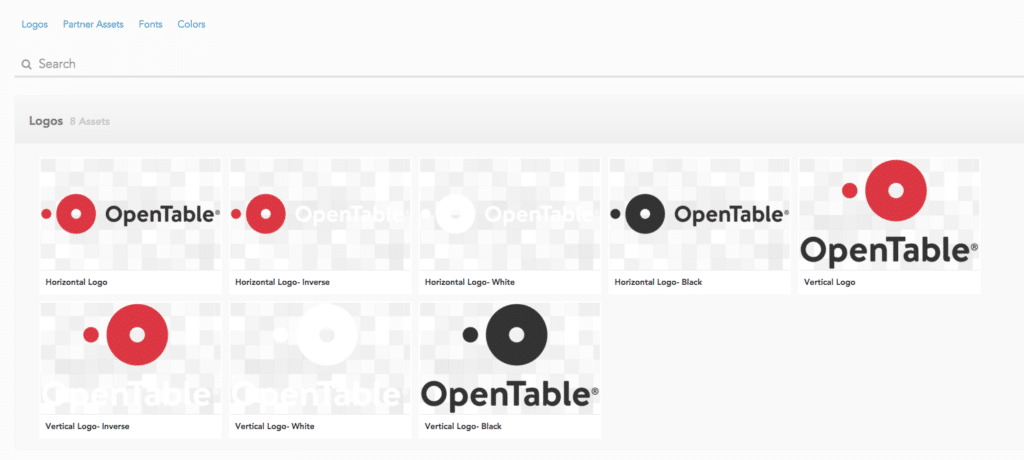
So, once you’ve created a Visual ID, how will it curb those creative review rage blackouts? From one creative to another, allow me to explain.
Why a Visual Identity is the best form of Anger Management
They make it easy to scale
Yep, it might seem like a lot of work up front, but having a Visual ID saves you valuable time down the line and makes it easier to scale creative operations. For starters, your Visual Identity makes onboarding new creatives a lot easier. It serves as a guide for new hires to revert to often during their first few weeks, instilling with your brand values and standards.
Do you work with a lot of freelance designers or guest contributors? Having a Visual ID also allows you to quickly share design standards with freelancers who may never even visit your office. This allows you to scale your army of freelancers or marketing team at a pace that’s on par with an ambitious growth strategy — all while maintaining the integrity of your brand.
During Uber’s recent rebrand, a primary goal was to create a Visual ID that would help them scale at a fast pace. Uber began six years ago as a way for 100 friends to grab luxury rides around San Francisco.
Today, they provide transportation in 450 cities, 72 countries, and counting. To reflect their evolving brand, Uber released a refreshed visual identity in 2016. In it, they say “At the pace Uber grows, scalability is a key success factor when making design decisions. We needed a system that could grow at the pace we do.”
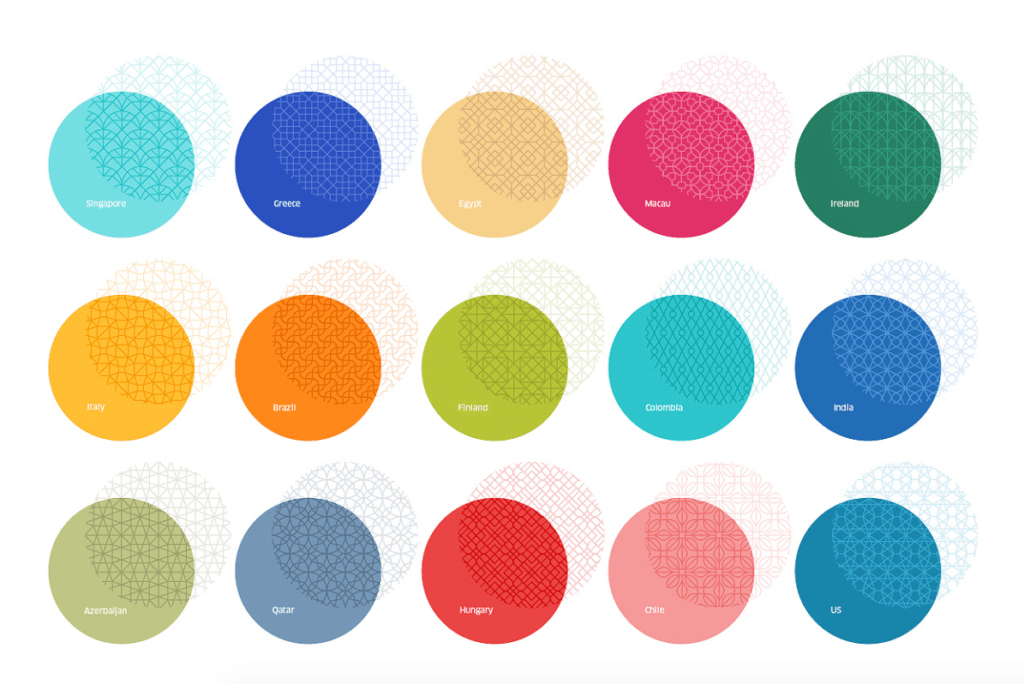
Uber’s redesign yielded 65 country-specific color- and pattern-palettes, as well as five global palettes. These assets help regional employees create marketing materials for local programs, including Columbia’s Uber Angel. But it also allows them to remain true to country and global themes.
Can you imagine creating assets for Uber Mexico, without a Visual Identity? You’d probably end up having a Winona Ryder-approved meltdown on the daily (Stranger Things or Black Swan — take your pick).
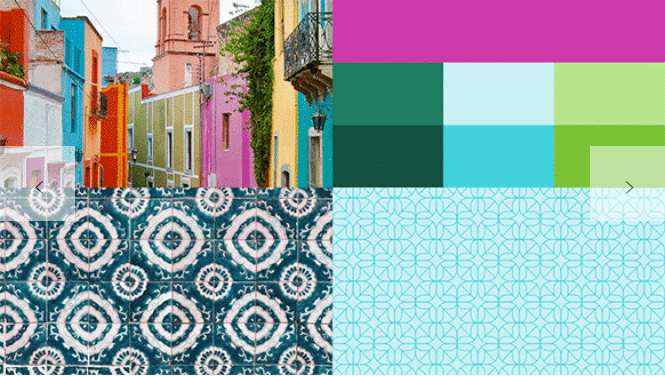
A Visual ID gives you a template for every project you undertake. When you come to a crossroads in your work, the answers are already there. Again, Uber illustrates how to set their creatives up for success by saying:
We created a set of principles to inspire our designers to use our dynamic visual identity to its full potential.
- Keep it simple and focused
- Design for the audience
- Put clarity over cleverness
- Make every component work for you
- Localize photos and illustrations
A Visual ID also keeps your high-growth team from misusing brand assets, saving you many rounds of unnecessary revisions (praise hands). Plus a Visual Identity steers you away from designs that are on par with personal tastes instead of brand tastes. This is something that creeps into even the most experienced creative’s work and especially threatens teams with high turnover or high growth.
They promote better communication
It’s looming on your calendar. It hangs over your day. It’s waiting to drop an angry monsoon of work on your head. It’s the kickoff meeting for your next project and it can take you to a dark place, fast.
Never fear! A Visual ID can keep any creative meeting from turning into the final scene of Reservoir Dogs. Each designer, engineer, or copywriter will bring their own unique perspective to a project. That’s what makes creatives, well, creative. But a Visual ID gives everyone on your team a code of creative ethics to rally around.
How can your Visual Identity facilitate collaboration that doesn’t make you want to pull your hair out? It starts and ends with great communication. Take this example from OpenTable’s recent rebrand.

Their Visual ID starts with some do’s and don’ts for working with their logo. Then they tackle rationalization, lockups, colors, clear space, and minimum sizing. They also include plenty of examples and text that explains why each guideline is important.
What does this mean for you? It means you have a response for Chad when he suggests adding his favorite shade of chartreuse to your logo. As OpenTable would say, “These two-color treatments (of our logo) are ideal for all types of media, and are suitable for positive or reverse application.”
A Visual Identity always serves as the source of truth when defending your designs. If Chad doesn’t love the font you used in that email header, you can point him towards the Visual ID. This should keep your creative reviews out of the weeds. It should also keep your conversations constructive, instead of accusatory.
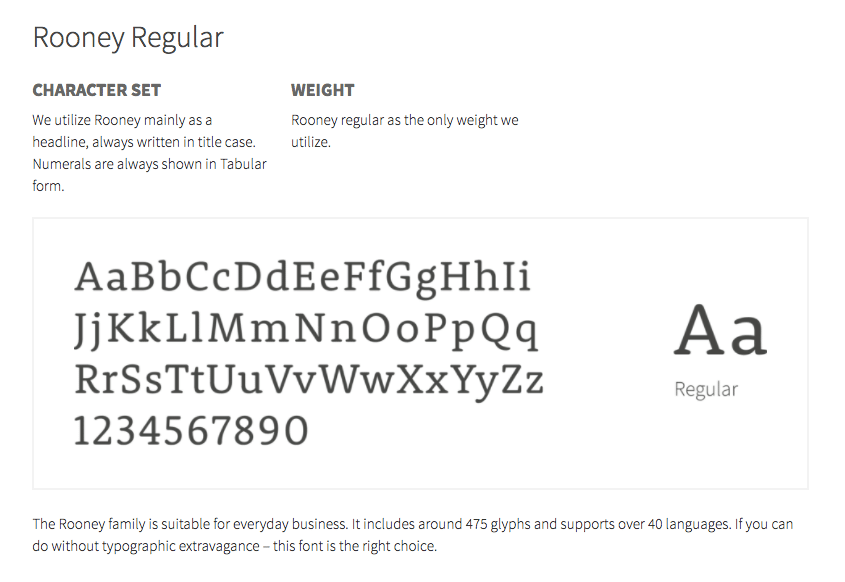
Guided communication guards against arguments over the broad strokes of your brand’s visual representation. It also gives you more time to brainstorm, create, and review your projects. Chances are, you work with smart people. When you have time to align and collaborate on a project, the results will probably be pretty great.
They help you produce stronger finished work
Quick, can you think of a campaign that didn’t feel cohesive? Maybe it felt off brand. Or maybe it just felt creepy, like those weird Burger King commercials. You know the kind. You may have even created a campaign that missed the creative mark. It usually happens when you’ve got too many cooks in your creative process. And it usually ends with work that 1. You’re not proud of and 2. Isn’t on brand.
This is where a Visual Identity can save the day and keep you from having to launch work that’s maddeningly not up to your creative standards. When everyone is using the same set of rules to review brand assets, the results are more cohesive. These results also yield work you’re proud to add to your portfolio. This is even true if you’re taking a less-structured approach to logo and brand asset use.
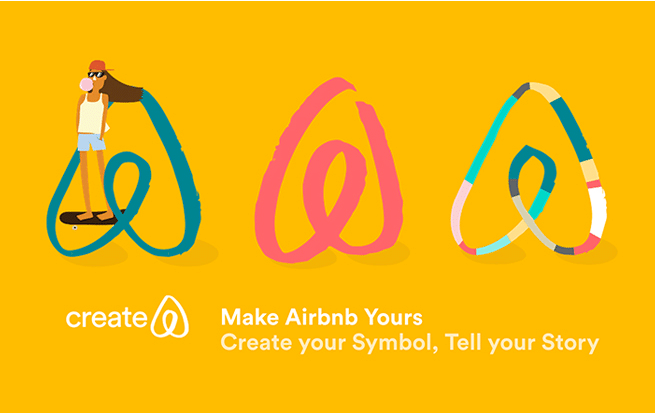
Take Airbnb’s “Make Your Symbol, Share Your Story” campaign. It encouraged hosts to create and share their own version of the vacation rental giant’s new logo. Does outsourcing logo creation give you an internal freakout that would make Justin Beiber look grounded? You’re not alone.
But Airbnb has done such a great job of infusing their Visual Identity into the process, no meltdown is necessary. Every creative option is on brand. From the shapes you use to create the logo, to the size, tone, color, and treatment of the logo, it’s all on brand. Hosts can give the logo their own creative flair … but it’s all within the boundaries of Airbnb’s Visual ID.

Not soliciting logo designs from your audience anytime soon? That’s probably a wise choice. But there are still valuable lessons you can learn from Airbnb’s campaign.
Brand identities don’t always allow for your Visual Identity to be as buttoned up as you’d like. But that doesn’t mean you can’t control how your brand is represented. If you know that your design will get feedback from many sources, make sure those people have your Visual ID.
Many brands will have a less technical Visual Identity. A “light” Visual ID can act a guide for those who don’t create assets, but do review them. When you let your Visual ID breathe a little, the results may surprise you. Your work will enjoy greater creative expression and a more structured creative review.
Graduating From Anger Management Class
Creatives have a reputation for being a little temperamental. I would push back against that Mad Men-assisted stereotype. We care deeply about the brands we help build and the work that we do. To me, that’s professionalism at its best.
We’ve all had moments when the push-back is too off brand. That’s when a Visual ID can keep everyone in the room cool, calm, and creative. A Visual Identity will help you scale, ease communication, and give you a more beautiful end product. Get started today, and be Season 7 Peggy Olson in every creative review you attend.
Source link



